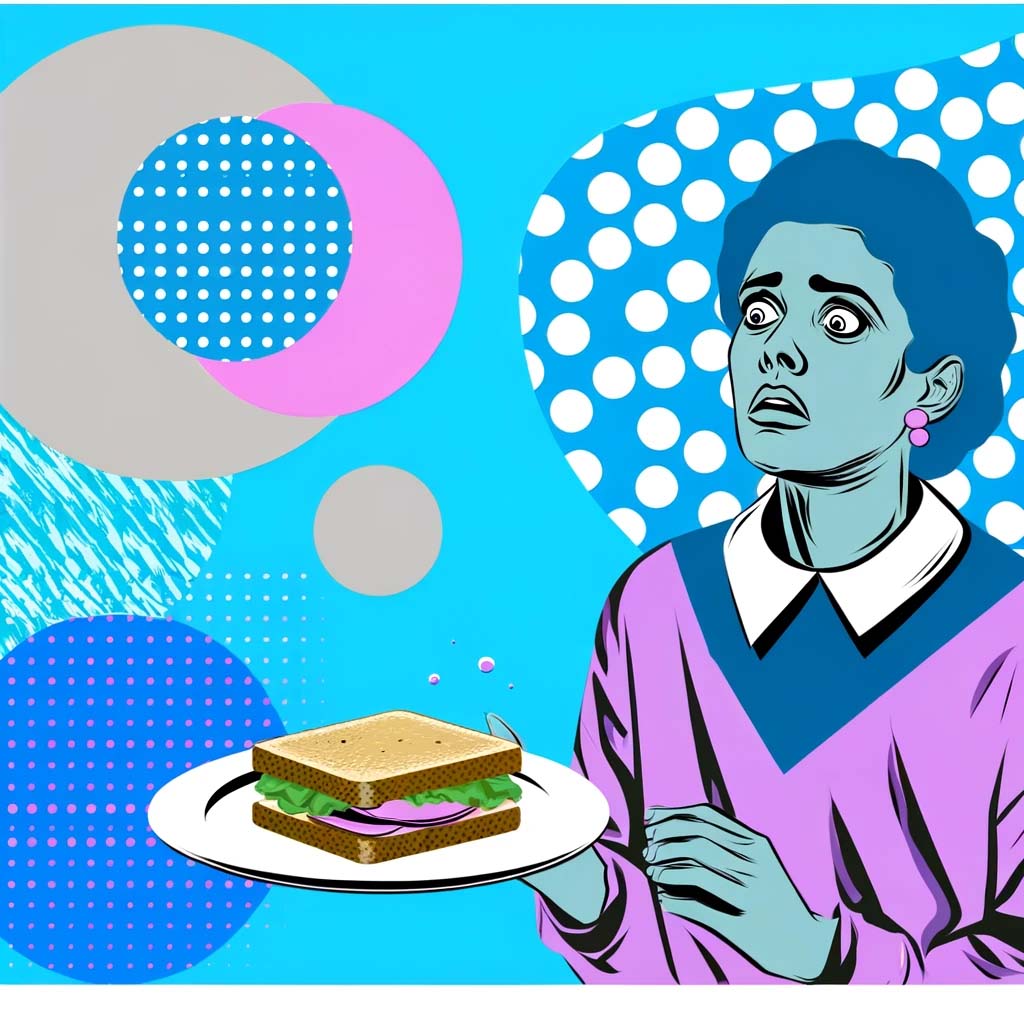The impact of emetophobia (the fear of vomiting) on someone’s travels is gigantic. The phobia significantly impacts travel experiences, making certain methods of transportation more anxiety-inducing than others:
Cars: Car rides are a stressful ordeal. The confined space, coupled with bumpy roads and sharp turns, especially when encountering drivers with poor skills, creates the perfect cocktail for motion sickness and anxiety in someone with emetophobia. Opting for the back seat offers little solace, and even the passenger seat isn’t a guarantee of comfort. While short trips are manageable, longer journeys become increasingly daunting.
Coaches: Like cars, coach travel presents heightened anxiety due to the lack of control. Unlike a car, you can’t simply pull over for a break or adjust the driving style. This loss of control adds another layer of stress to an already challenging situation.
Public Transportation: The crowded nature of buses and other public transportation options is another trigger for my emetophobia. The fear of encountering sick passengers, the potential for motion sickness, and limited access to clean bathrooms make using public transport a stressful choice.
Planes: For someone with emetophobia, flying presents a unique set of challenges. Being confined in a pressurized tube 30,000 feet in the air can trigger a sense of helplessness, amplifying anxiety. Unlike cars, there’s no “pulling over” on a plane, further fueling feelings of being trapped and unable to escape a potential situation. Moreover, the crowded cabins, recycled air, and encountering others who might be sick can significantly elevate anxiety levels. Lastly, mild turbulence can mimic motion sickness symptoms, exacerbating the fear of vomiting.
Trains: Although trains offer more space than cars, the restricted access to fresh air and limited availability of bathrooms can be major sources of stress. Additionally, the swaying motion of trains can trigger nausea and further exacerbate anxiety.
Boats: Boats present a double whammy for individuals with emetophobia. First, the rocking motion of the water can easily trigger motion sickness, leading to nausea and the potential for vomiting, a core fear for people with emetophobia. Additionally, the confined environment and limited escape routes can exacerbate anxiety and create a feeling of lack of control, further intensifying the fear of getting sick.
Travelling with emetophobia requires careful planning, preparation, and at times, even the acceptance of limitations. However, by taking preventative measures, seeking support when needed, and embracing alternative options, I can navigate the world and continue to experience the joy of exploration.
However, it’s important to remember that emetophobia doesn’t have to be a travel sentence. Here are some tips to manage the anxiety and embrace your wanderlust:
- Seek professional help: Therapy can equip you with tools like cognitive behavioral therapy (CBT) and relaxation techniques to manage anxiety and develop coping mechanisms.
- Plan meticulously: Research your transportation options, travel routes, and potential triggers in advance. Consider factors like ventilation, bathroom availability, and potential delays.
- Prepare a “safety kit“: Pack essentials like hand sanitizer, hygiene wipes, anti-nausea medication, and calming tools like music or audiobooks.
- Communicate openly: Inform travel companions and travel providers about your emetophobia and any specific needs you might have.
- Focus on mindfulness: Practice relaxation techniques like deep breathing and visualization to manage anxiety in the moment.
- Celebrate small victories: Acknowledge and celebrate every step forward, no matter how small. Each successful travel experience can build confidence and empower you to explore further.
Remember: You are not alone. Millions of people worldwide struggle with emetophobia, and many have found ways to overcome it and experience the joys of travel. With the right support, knowledge, and preparation, you can too.
So, don’t let fear hold you back. Start small, take it one step at a time, and discover the world that awaits you.
Disclaimer: This article is for informational purposes and should not replace professional guidance.





0 Comments